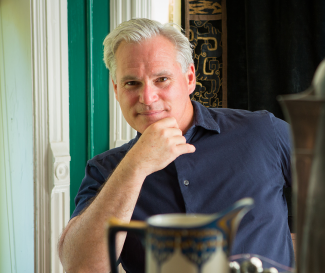Event
Global Discovery Series: The First Homosexuals: Imaging a New Global Identity 1869-1929

Explore the world virtually, both far and near, with Penn faculty members and your fellow alumni community. Each live, interactive lecture features Penn professors sharing new and innovative research on a variety of topics. Participants will have the opportunity to ask in-depth questions and are sure to learn something new in each one hour session.
The term “homosexual” was coined in 1869 by the Hungarian writer Karl-Maria Kertbeny, materializing a shift in understanding same-sex desire from verb to noun, from something you did to something you were. "Homosexuality" actually preceded the "discovery" of "heterosexuality," but they were soon paired, producing a new account of sexuality as necessarily binary, structured by two opposing polarities. (Previously same-sex and different-sex sexuality were not seen in opposition, and many people experienced both.) As a European notion, "homosexuality" often clashed with other global forms of same-sex classification, but it was nonetheless enforced along the familiar lines of most colonial projects, without regard to how the concept interacted with local traditions. With the advent of this oppositional schema, homosexuals were now constructed as a fundamentally different class of persons, one whose deepest essence was now defined by their sexual tastes. As the written record on sexuality came to delimit sexuality to these two distinctly uneven options, art picked up the slack, producing a range of nuanced identities that literally didn't yet exist in language. In this illustrated talk, Katz explores these different identities, using some of the most celebrated works of art of the period from across the globe. This talk is based on his research for The First Homosexuals, an exhibition opening at Wrightwood 659 in Chicago and then traveling on an international tour.